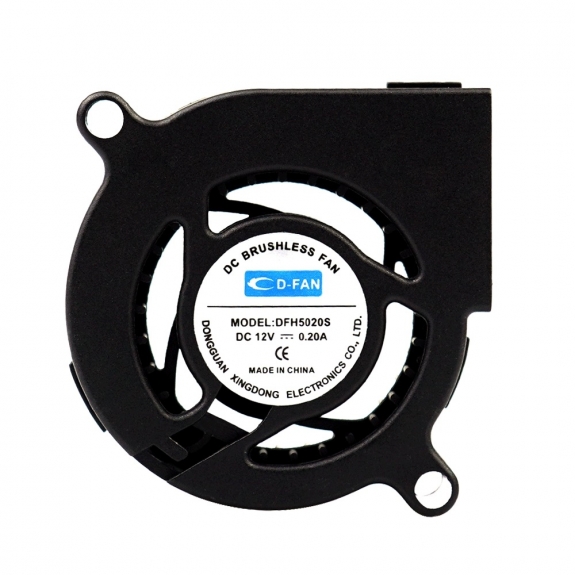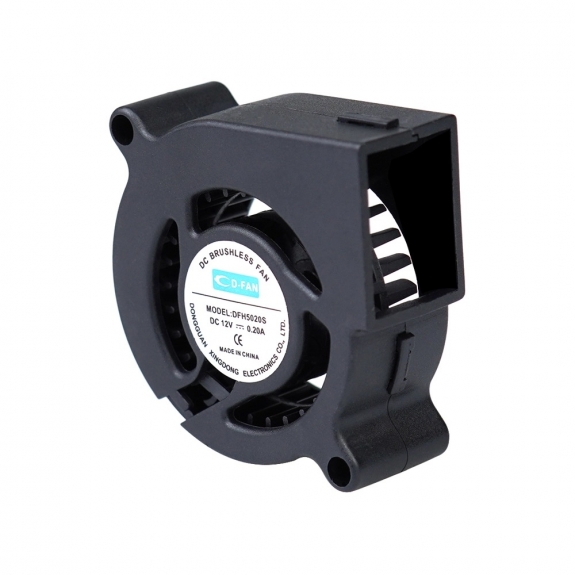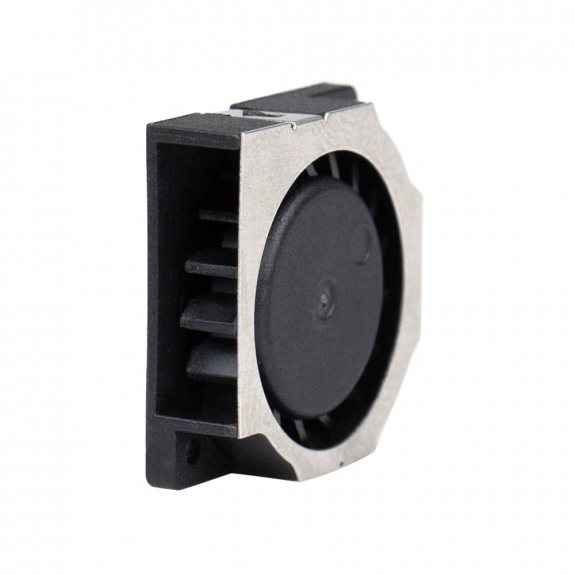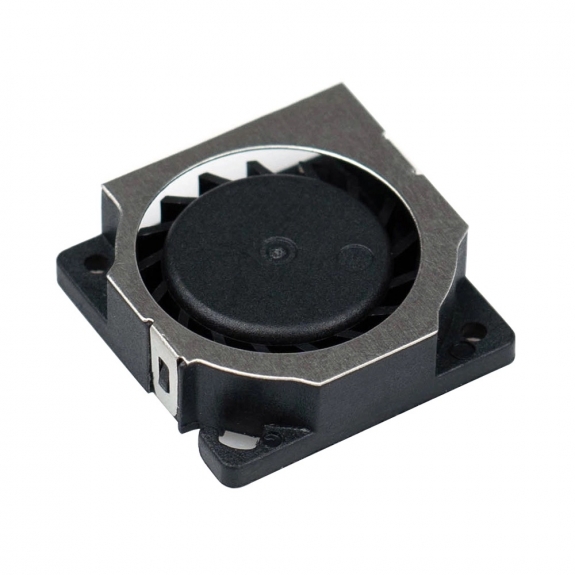Selecting the right specifications for a 12V blower fan is crucial for ensuring optimal performance in various applications, from cooling systems to ventilation. This article will guide you through the essential factors to consider when choosing a 12V blower fan, including airflow requirements, noise levels, size, and efficiency. By understanding these specifications in detail, you can make an informed decision that enhances the functionality and longevity of your blower fan.
Understanding Blower Fans
What is a Blower Fan?
A blower fan is a mechanical device designed to move air or gas in a specific direction. Unlike standard fans, which primarily circulate air, blower fans generate a higher pressure and are often used in applications requiring focused airflow. They are commonly found in HVAC systems, computer cooling, and industrial processes. The design of a blower fan allows it to create a concentrated stream of air, making it ideal for tasks that require directed airflow, such as cooling electronic components or ventilating confined spaces.
Types of Blower Fans
Blower fans come in various types, each suited for different applications and performance requirements.
Axial Fans: These fans move air parallel to the fan's axis and are typically used for low-pressure applications. They are often found in situations where space is limited, and a high volume of airflow is needed without significant pressure buildup. Axial fans are commonly used in cooling applications, such as in radiators or air conditioning units.
Centrifugal Fans: These fans draw air in and expel it at a right angle, generating higher pressure and are suitable for applications requiring more forceful airflow. Centrifugal fans are often used in HVAC systems, where they can effectively push air through ducts and overcome resistance from filters and other components. Their design allows for greater versatility in handling various airflow requirements.

Key Specifications to Consider
When selecting a 12V blower fan, several specifications must be evaluated to ensure it meets your needs.
Airflow Requirements
Measuring Airflow
Airflow is typically measured in cubic feet per minute (CFM). Understanding the required airflow for your application is essential. For instance, cooling electronic components may require a specific CFM to maintain optimal temperatures. The airflow needs can vary significantly based on the application, so it is important to assess the specific requirements of your system.
Calculating Airflow Needs
To calculate the necessary airflow, consider the volume of the space to be ventilated and the desired air changes per hour. This calculation will help you determine the minimum CFM required for effective ventilation. For example, in a small enclosure housing sensitive electronics, you may need to ensure that the air is exchanged multiple times per hour to prevent overheating.
Static Pressure
Static pressure is the resistance to airflow in a system. It is crucial to select a blower fan that can overcome the static pressure of your application. This is particularly important in ducted systems where airflow is restricted. Understanding the static pressure requirements will help you choose a fan that can maintain adequate airflow despite any obstacles in its path.
Understanding Static Pressure Ratings
Blower fans come with static pressure ratings, usually measured in inches of water gauge (in. wg). Ensure that the fan you choose can provide sufficient pressure to overcome the resistance in your system. This is especially relevant in applications with long duct runs or multiple bends, where static pressure can significantly impact performance.
Noise Levels
Noise is a significant factor in many applications, especially in residential or office environments. The noise level of a blower fan is measured in decibels (dB). High noise levels can be disruptive and may lead to discomfort in living or working spaces.
Selecting a Quiet Fan
When selecting a blower fan, look for models specifically designed for low noise operation. Manufacturers often provide noise ratings, allowing you to compare different models. Additionally, consider the fan's operating speed, as lower speeds typically result in quieter operation. If noise is a critical concern, investing in a fan with noise-dampening features or a design that minimizes vibration can be beneficial.

Size and Form Factor
The physical size of the blower fan is another critical consideration. Ensure that the fan fits within the designated space in your application. A fan that is too large may not only be difficult to install but could also disrupt airflow patterns.
Dimensions and Mounting Options
Check the dimensions of the fan and consider the mounting options available. Some fans may require specific mounting brackets or configurations. Additionally, consider the orientation of the fan, as some applications may benefit from vertical or horizontal mounting to optimize airflow direction.
Efficiency Ratings
Energy efficiency is an important aspect, especially for long-term operational costs. Look for blower fans with high-efficiency ratings to minimize energy consumption. Efficient fans not only save on electricity bills but also contribute to a more sustainable operation.
Understanding Efficiency Metrics
Efficiency can be measured in various ways, including airflow per watt (CFM/W). Higher efficiency ratings indicate that the fan can move more air while consuming less power. This is particularly important in applications where the fan will be running continuously, as even small savings can add up over time.
Additional Features to Consider
Speed Control
Some blower fans come with adjustable speed settings, allowing you to control the airflow based on your needs. This feature can be particularly useful in applications where airflow requirements may change. For instance, during peak usage times, you may need higher airflow, while off-peak times may allow for reduced airflow, saving energy.
Durability and Build Quality
The materials used in the construction of the blower fan can affect its longevity and performance. Look for fans made from high-quality materials that can withstand the operating conditions of your application. Fans exposed to harsh environments, such as high temperatures or humidity, should be constructed from corrosion-resistant materials to ensure a long service life.
Motor Type
The type of motor used in the blower fan can impact its performance and efficiency. Brushless DC motors are often preferred for their longevity and lower noise levels compared to traditional brushed motors. These motors also tend to be more efficient, providing better performance while consuming less power.

Application-Specific Considerations
HVAC Systems
In HVAC applications, selecting the right blower fan is crucial for maintaining indoor air quality and comfort. Consider the airflow requirements, static pressure, and noise levels to ensure optimal performance. Additionally, the fan's efficiency can significantly impact the overall energy consumption of the HVAC system, making it essential to choose a model that balances performance with energy savings.
Computer Cooling
For computer cooling, the size and airflow of the blower fan are critical. Ensure that the fan can fit within the case and provide adequate cooling for the components. High-performance computers, especially those used for gaming or graphic design, may require fans that can deliver high airflow while maintaining low noise levels to enhance the user experience.
Industrial Use
In industrial applications, blower fans may need to handle harsh environments. Look for fans designed for durability and efficiency in demanding conditions. Factors such as temperature extremes, dust, and moisture can affect fan performance, so selecting a model that meets these challenges is essential for reliable operation.
Conclusion
Selecting the right specifications for your 12V blower fan involves careful consideration of various factors, including airflow requirements, static pressure, noise levels, size, and efficiency. By understanding these specifications and how they relate to your specific application, you can choose a blower fan that meets your needs effectively. Whether for HVAC systems, computer cooling, or industrial applications, the right blower fan can significantly enhance performance and efficiency, ensuring that your system operates smoothly and reliably. Investing time in selecting the appropriate fan will pay off in the long run, providing you with a solution that meets your requirements and exceeds your expectations.

Frequently Asked Questions regarding Blower Fan 12V
1. What is the ideal airflow (CFM) for my application?
The ideal airflow depends on the specific requirements of your application. For cooling electronic components, you may need a higher CFM to maintain optimal temperatures, while ventilation in a small room may require less. Calculate the volume of the space and the desired air changes per hour to determine the necessary CFM.
2. How do I determine the static pressure needed for my blower fan?
To determine the static pressure needed, assess the resistance in your system, including duct lengths, bends, and filters. Measure the total static pressure in inches of water gauge (in. wg) that the fan must overcome to ensure adequate airflow.
3. What noise level is acceptable for residential applications?
For residential applications, a noise level below 30 dB is generally considered quiet and acceptable. Fans designed for low noise operation often provide specifications that help you choose a model that minimizes disruption in living spaces.
4. Can I use a blower fan in a humid environment?
Yes, but it is essential to select a blower fan designed for humid or harsh environments. Look for fans made from corrosion-resistant materials and those rated for high humidity to ensure longevity and reliable performance.
5. What are the benefits of using a brushless DC motor in a blower fan?
Brushless DC motors offer several advantages, including higher efficiency, lower noise levels, and longer lifespan compared to traditional brushed motors. They also provide better speed control and are less prone to wear and tear, making them ideal for applications requiring continuous operation.






